Dance is a diverse and vibrant art form, encompassing a wide range of styles, genres, and techniques. From classical ballet to hip-hop, each dance style has its own unique characteristics, history, and cultural significance. In this blog, we’ll take a closer look at some popular dance styles, exploring their origins, key features, and technical elements.
1. Ballet
Origins: Ballet originated in the Italian Renaissance courts of the 15th century before spreading to France and Russia, where it evolved into the classical ballet style we know today.
Key Features: Ballet is characterized by its graceful, fluid movements, precise footwork, and intricate choreography. It emphasizes proper posture, turnout, and extension, with dancers often performing on their toes (en pointe) in classical ballet.
Techniques: Ballet technique includes a combination of positions, steps, and movements such as pliés, tendus, pirouettes, and grand jetés. It requires strong core muscles, flexibility, and control, with dancers often spending years perfecting their technique.
2. Jazz
Origins: Jazz dance emerged in the early 20th century, influenced by African American rhythms, European folk dances, and the social dances of the time.
Key Features: Jazz dance is known for its energetic and dynamic movements, syncopated rhythms, and expressive style. It incorporates elements of ballet, modern dance, and street dance, with a focus on individual expression and improvisation.
Techniques: Jazz technique includes a wide range of movements such as kicks, turns, leaps, and isolations. It emphasizes coordination, rhythm, and musicality, with dancers often incorporating elements of storytelling and emotion into their performances.
3. Hip-Hop
Origins: Hip-hop dance originated in the streets of New York City in the 1970s, influenced by African American and Latino culture, as well as funk and breakbeat music.
 Key Features: Hip-hop dance is characterized by its urban and street-inspired movements, including popping, locking, breaking, and krumping. It emphasizes rhythm, groove, and personal style, with dancers often engaging in freestyle battles and cyphers.
Key Features: Hip-hop dance is characterized by its urban and street-inspired movements, including popping, locking, breaking, and krumping. It emphasizes rhythm, groove, and personal style, with dancers often engaging in freestyle battles and cyphers.
Techniques: Hip-hop technique includes a combination of isolations, body rolls, footwork patterns, and intricate hand gestures. It requires agility, strength, and creativity, with dancers often incorporating elements of hip-hop culture such as graffiti and DJing into their performances.
4. Contemporary
Origins: Contemporary dance emerged in the mid-20th century as a reaction against the rigid structures of classical ballet. It draws inspiration from modern dance pioneers such as Martha Graham and Merce Cunningham, as well as various cultural and social influences.
Read Also: Keep your face towards the sunshine and shadows will fall behind you
Watch Also: https://www.youtube.com/@TravelsofTheWorld24
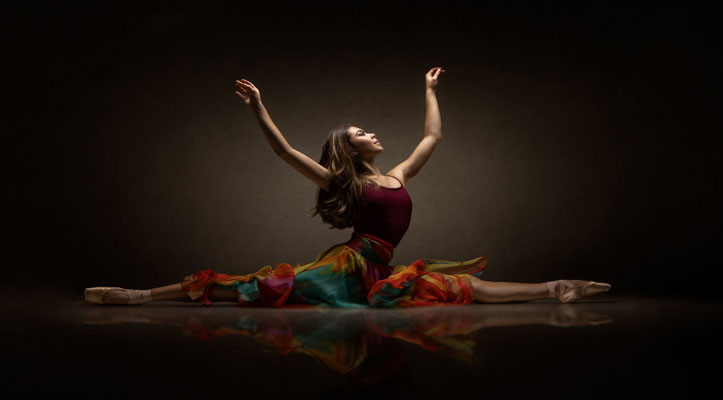
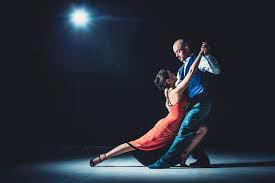


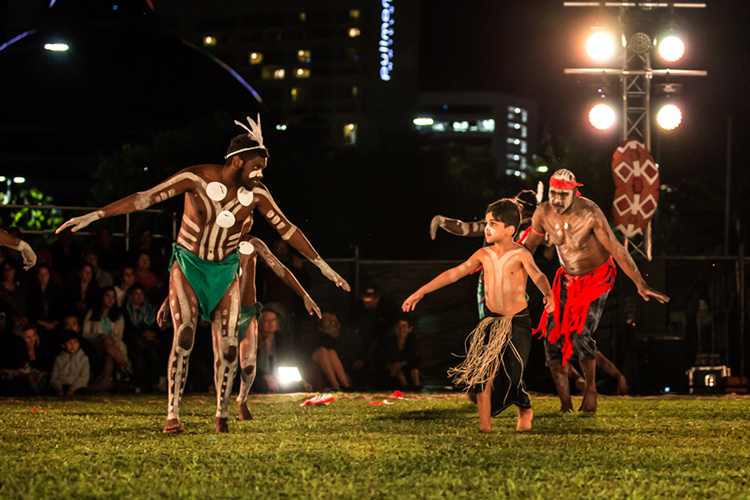
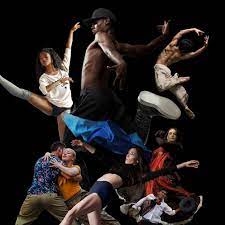
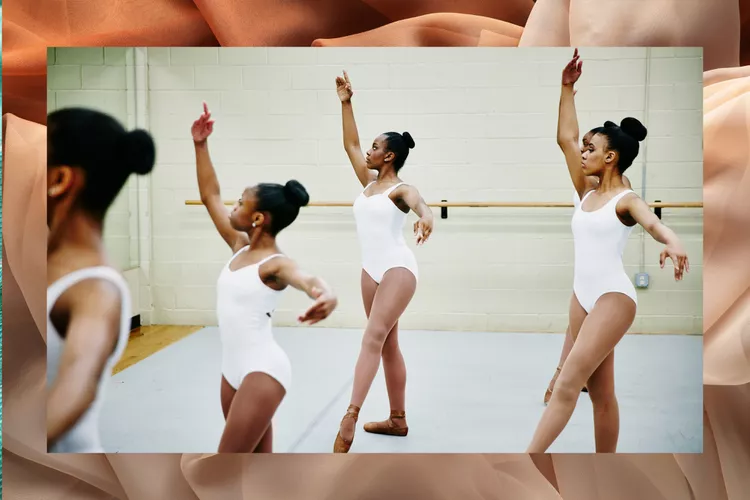
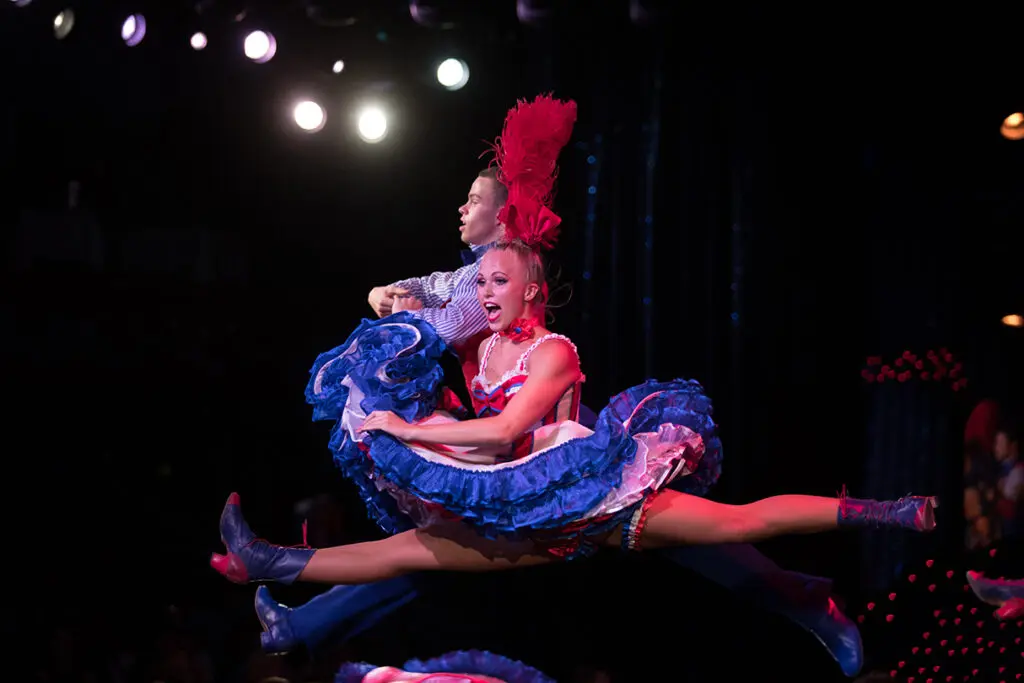
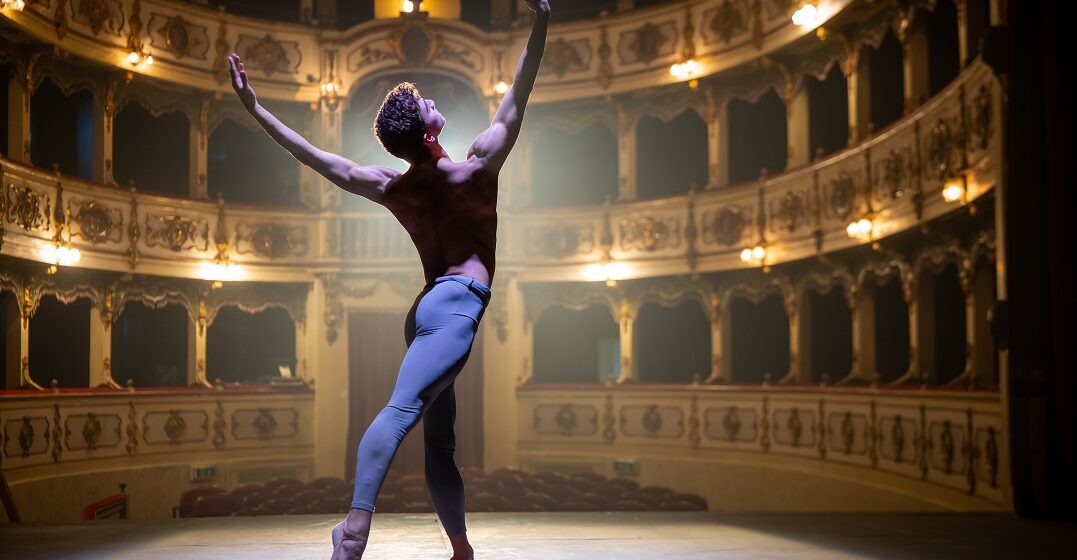
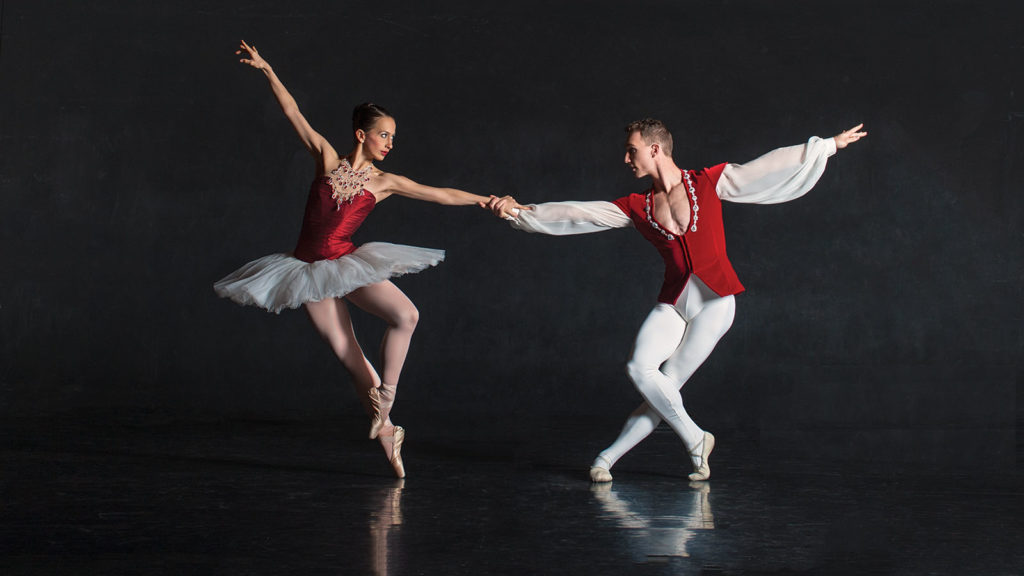
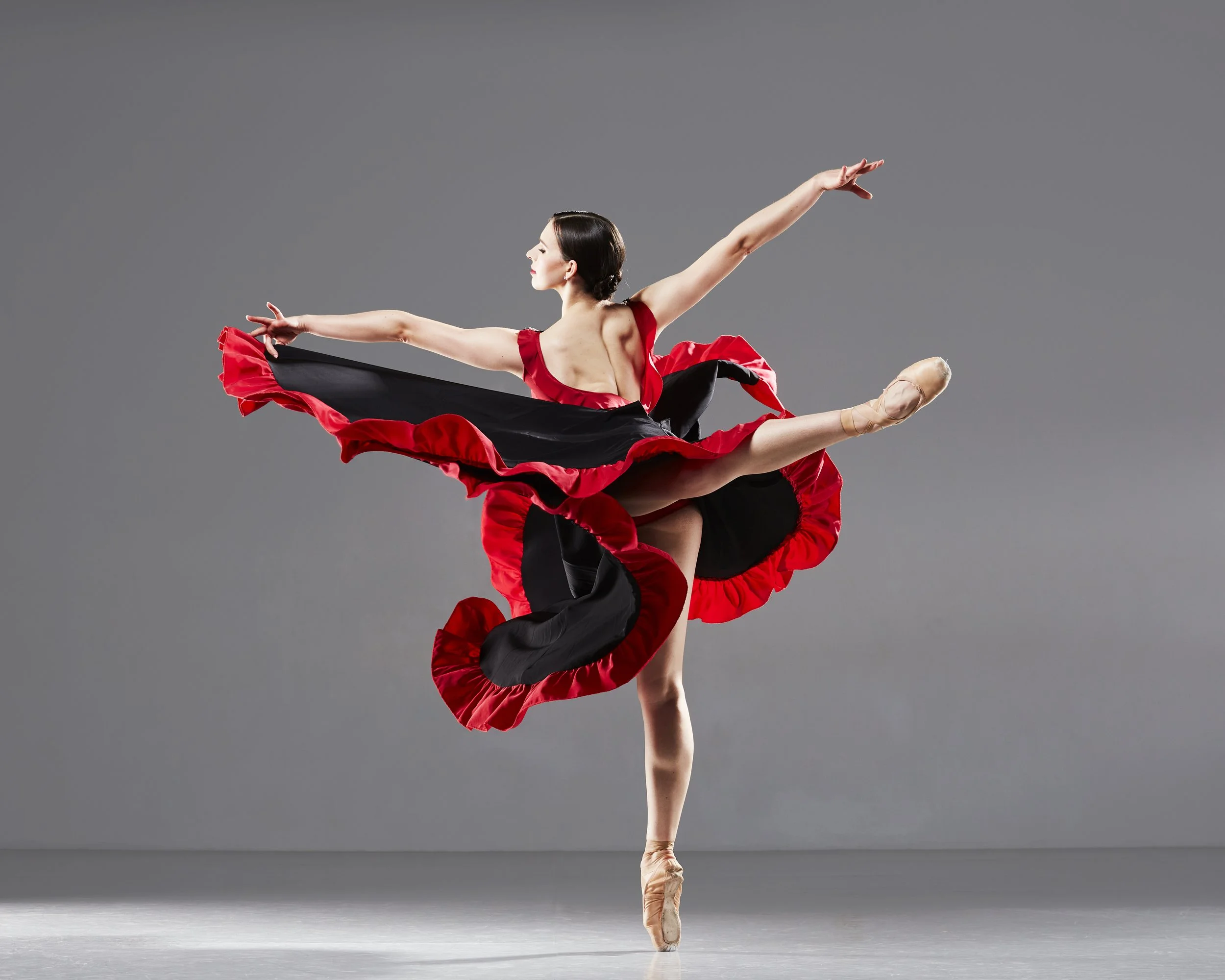




Leave a Reply